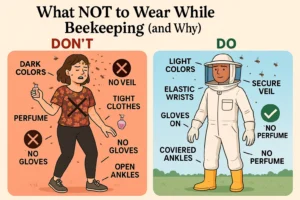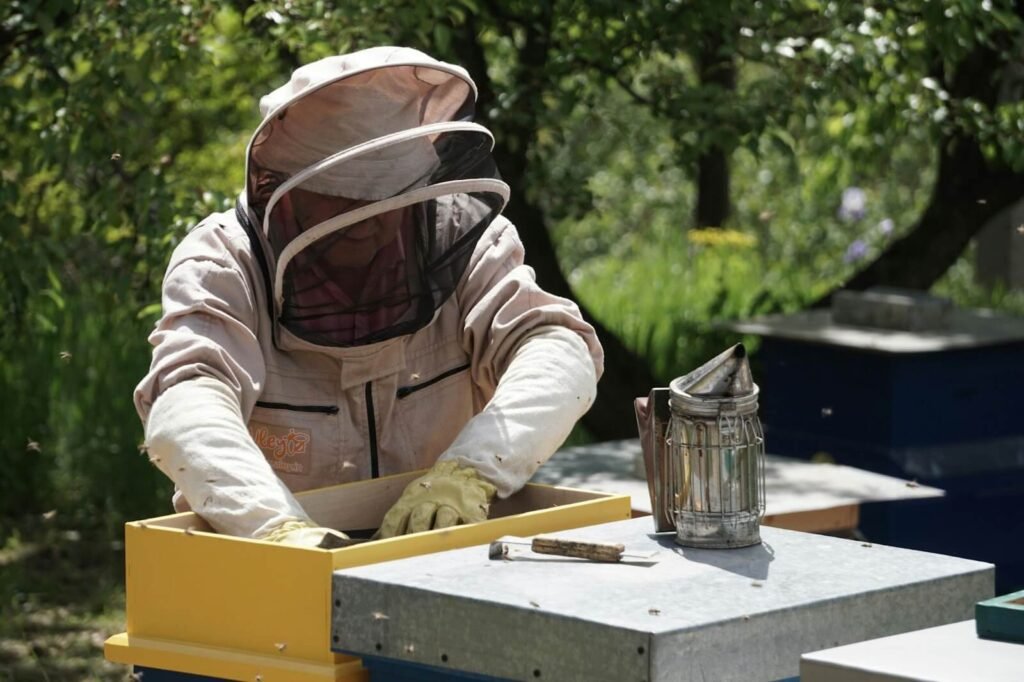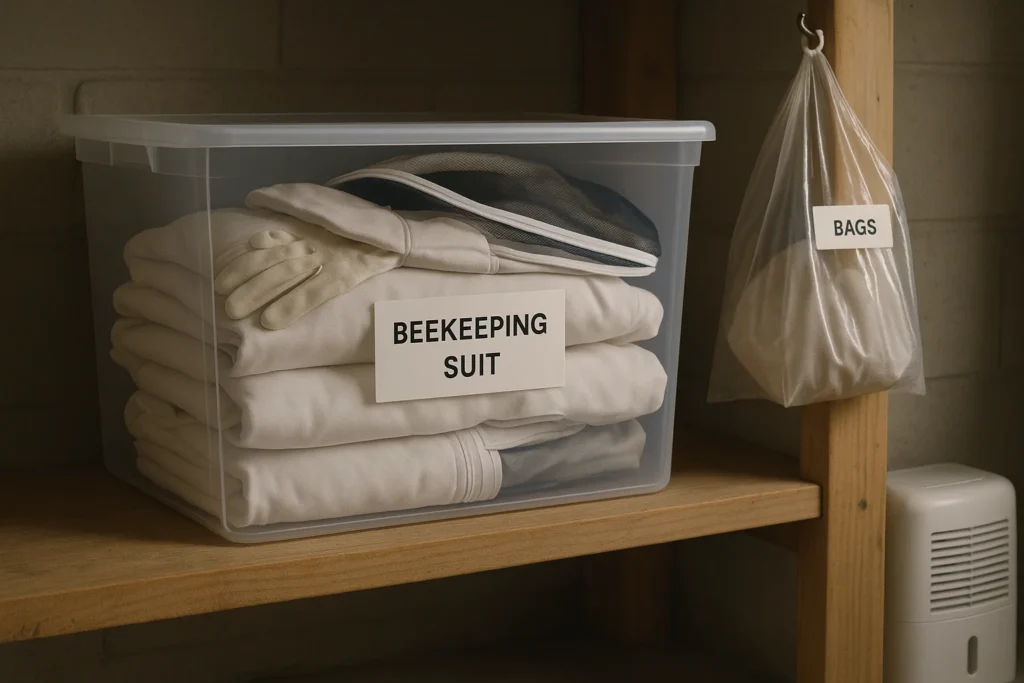
🐝 Gear Up. Stay Safe. Protect the Hive. 🌼
Beekeeping is a rewarding and fulfilling hobby, but it comes with its own set of responsibilities, including the maintenance of essential beekeeping gear. From bee suits to gloves and veils, properly caring for your equipment is crucial for ensuring longevity, efficiency, and, most importantly, your safety as a beekeeper. In this comprehensive guide, we’ll delve into the world of beekeeping gear maintenance, providing practical tips and tricks to help you keep your equipment in top condition for years to come.
Before we dive into the specifics of gear maintenance, it’s essential to understand why it’s so crucial. Beekeeping gear represents a significant investment, both in terms of cost and functionality. Well-maintained gear not only lasts longer but also ensures your safety and efficiency during beekeeping operations. By regularly cleaning, inspecting, and repairing your gear, you can minimize the risk of accidents, maximize the lifespan of your equipment, and enjoy a more seamless beekeeping experience overall.
Bee suits are the first line of defense against bee stings, so it’s essential to keep them clean and well-maintained. Start by carefully inspecting your bee suit for any signs of dirt, debris, or bee propolis. Remove these using a gentle brush or cloth, taking care not to damage the fabric. When washing your bee suit, opt for a mild detergent and cold water to preserve fabric integrity and water repellency. Avoid using bleach or harsh chemicals, as these can degrade the fabric over time. After washing, allow your bee suit to air dry thoroughly before storing it in a cool, dry place away from direct sunlight.

Beekeeping gloves play a vital role in protecting your hands and wrists from bee stings, so it’s crucial to keep them clean and well-maintained. Start by gently wiping down your gloves with a damp cloth to remove any beeswax or propolis buildup. For more stubborn stains, you can soak your gloves in warm, soapy water for a few minutes before gently scrubbing them clean. After cleaning, be sure to thoroughly rinse your gloves to remove any soap residue, as this can irritate your skin during use. Finally, allow your gloves to air dry completely before storing them in a cool, dry place.
Beekeeping veils are designed to protect your face and neck from bee stings while maintaining visibility and airflow. To keep your veil in top condition, start by gently brushing off any dirt or debris using a soft brush or cloth. For more stubborn stains, you can spot clean your veil using a mild detergent and cold water. Be sure to rinse thoroughly to remove any soap residue, as this can attract bees during use. After cleaning, allow your veil to air dry completely before storing it in a cool, dry place away from direct sunlight.
Regular inspection of your beekeeping equipment is essential for identifying any signs of wear and tear before they become a problem. Start by carefully examining each piece of equipment for any signs of damage, such as tears, holes, or weakened seams. Pay close attention to areas that are subjected to the most wear, such as the knees and elbows of your bee suit, and the fingertips of your gloves. If you notice any damage, take the time to repair it promptly using appropriate materials and techniques. For minor repairs, such as patching small holes or re-stitching seams, a needle and thread are usually sufficient. However, for more significant damage, such as torn fabric or broken zippers, you may need to seek professional repair services.
Proper storage is key to preserving the lifespan of your beekeeping gear during off-seasons. Start by ensuring that your gear is clean and dry before storing it, as dampness can promote mold and mildew growth. Store your gear in a cool, dry place away from direct sunlight, as UV rays can degrade fabric and cause colors to fade over time. Additionally, consider investing in storage containers or bags specifically designed for beekeeping gear to protect it from dust, pests, and other environmental hazards.

In conclusion, maintaining your beekeeping gear is essential for ensuring safety, longevity, and efficiency in your beekeeping endeavors. By following the tips and tricks outlined in this guide, you can keep your gear in top condition for years to come, minimizing the risk of accidents and maximizing the lifespan of your equipment.
Remember to regularly clean, inspect, and repair your gear, and store it properly during off-seasons to ensure that it remains in excellent condition for your next beekeeping adventure. With proper maintenance, you can enjoy a safe, efficient, and enjoyable beekeeping experience for years to come. We’d love to hear from you! What are your top tips for maintaining beekeeping gear? Share your thoughts and experiences in the comments below!
